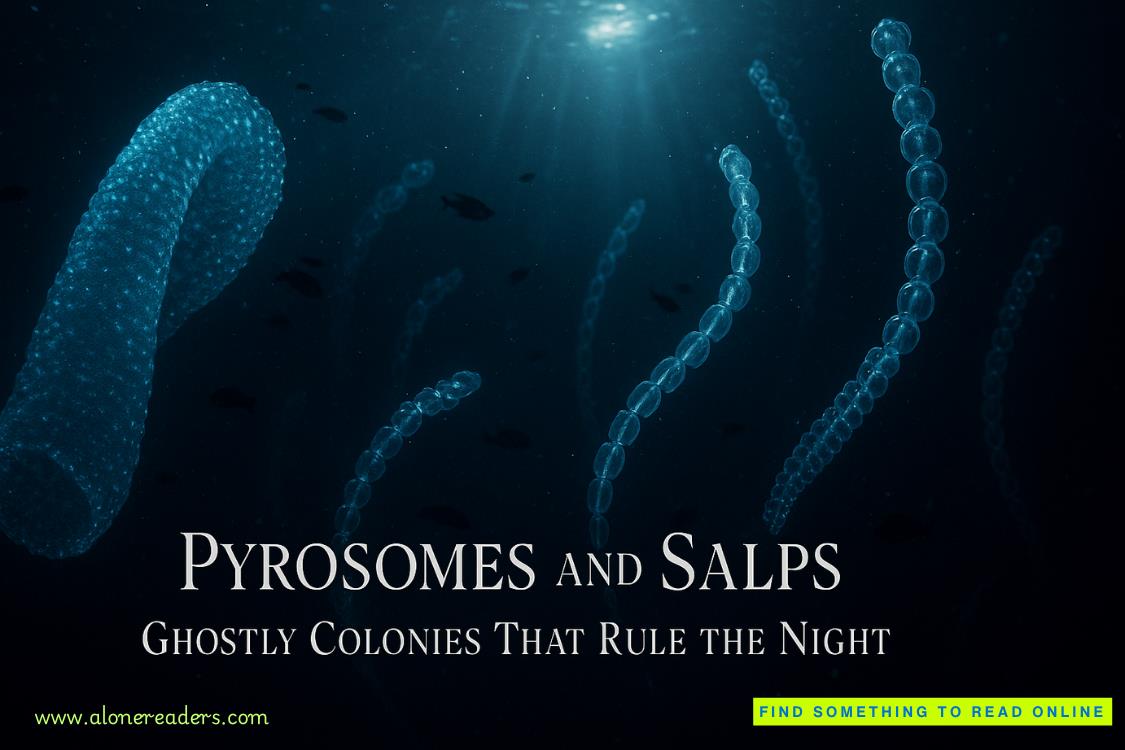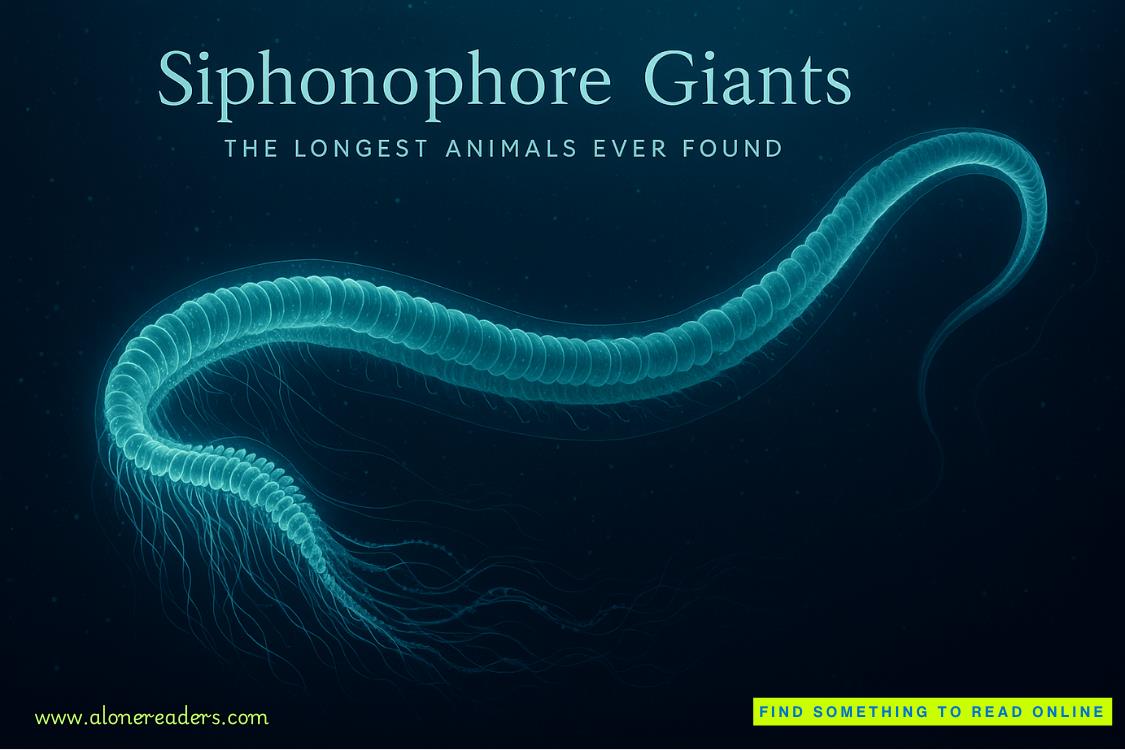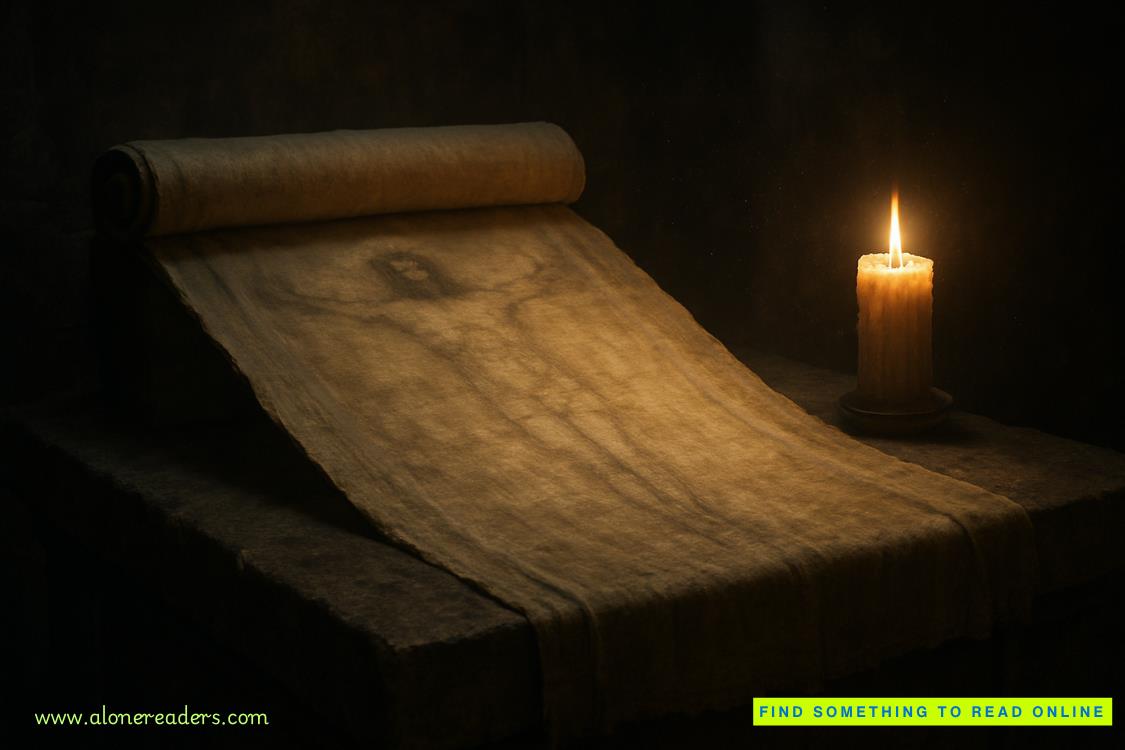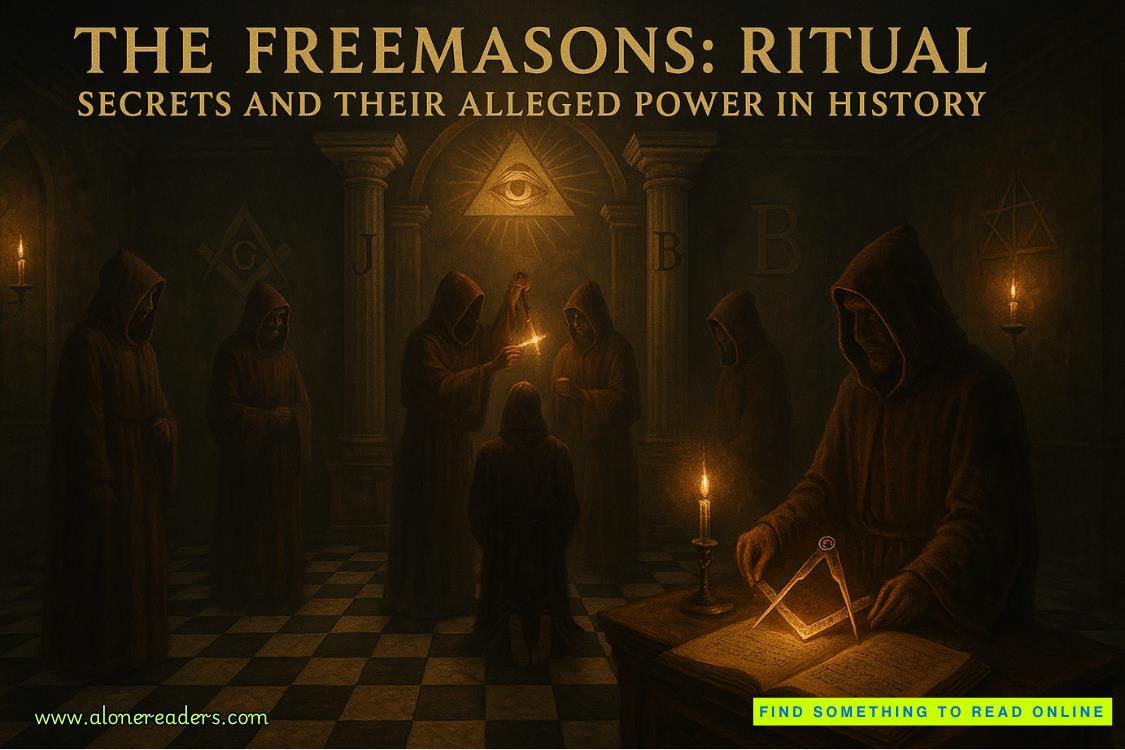Page 42 of The Last Days of Marilyn Monroe
The director is Otto Preminger, known forLaura—a star turn for Gene Tierney and a hit for Fox—and his legendary tantrums. Dubbed “Otto the Terrible” and the “Mad Prussian,” Preminger has one thing in common with Marilyn: their clashes with Darryl Zanuck.
The script includes four musical numbers. “Marilyn,” Preminger says, “I don’t mind you shaking your derriere andyour shoulders in this scene, but you have to shake your VOICE, too!”
She does, singing the title song, “River of No Return,” with a melancholy that brings the crew to tears.
But when Marilyn speaks her lines, Preminger becomes enraged. He can’t stand her stilted, mannered enunciation, which is not at all in keeping with her role. Preminger blames Natasha Lytess and bans the acting coach from the set, only to have Marilyn insist to Darryl Zanuck that Lytess be reinstated.
Tensions rise further when Preminger orders Marilyn to do her own stunts. Forcing “our beautiful Marilyn” onto several local rivers is branded as sadism by the press. In scene after scene she tumbles into freezing torrents, submits to hammering blasts from a firehose, and navigates a log raft.
They’re on the raft hurtling through white water when conditions become dangerous. The safety ropes around the raft break, unleashing the craft toward sharp rocks. The rescue boat starts toward them.
“You’re sick, you shouldn’t even be out here,” Marilyn says to Mitchum, who’s suffering from the flu. “I don’t get off until you do.”
“This could be a matter of life and death,” Mitchum tells her. “In another three minutes, we’re going to be over those rapids and cut into forty pieces.”
“I still won’t leave,” she says.
They somehow complete the scene and safely return to shore.
The shoot presses forward. The treacherous river sequence culminates in the log raft plunging over Bow Falls in Banff National Park.
Mitchum thinks Marilyn has “the guts of a lion,” but the director unleashes a string of scathing insults. “You are the most untalented actress I have ever worked with. You have no poise, no brain and no skills,” he rants, as Marilyn, who’s wearing hip-wader boots to protect her costume, trips and injures her left ankle.
The headlines shout,MARILYN MONROE NEARLY DROWNS. MISS MONROE INJURES LEG IN CANADA.
Joe DiMaggio comes running. So does John Vachon, a photographer forLookmagazine, who snaps Marilyn in a black bikini, her arms resting on crutches, lower left leg in a light cast, right foot clad in a black high-heeled shoe.
She’s given a few days off to heal. When not exercising her injured leg in the swimming pool, she and DiMaggio explore the jagged peaks, turquoise lakes, and woodlands forested with pine, fir, spruce, and aspen trees.
Against the backdrop of a snow-capped mountain vista, Vachon creates the first formal portrait of the couple. Happy smiles play across their faces.
Makeup artist Whitey Snyder knows better than anyone what hard work it is to be “Marilyn Monroe.” Maybe Marilyn could take a break from all that work. She could marry “DiMag and raise lots of kids,” Snyder suggests.
She replies, “I might just do that.”
On September 28, 1953, Marilyn receives devastating news. Grace McKee has committed suicide. The cause of death is allegedly from an overdose of barbiturates.
Another of the few remaining ties to her past is gone.
Now there’s her mother, Gladys, to consider.
Marilyn turns to her business manager, Inez Melson, who Joe DiMaggio had recommended. Melson took a maternal interest in Marilyn, and in 1952, Marilyn had appointed her the legal guardian of her own mother, Gladys Baker Eley.
Shortly after the news scandal that Marilyn wasnotorphaned, Gladys had been re-institutionalized—perhaps from the stress of the publicity. Melson sees to it that Gladys is placed in Rockhaven Sanitarium, a groundbreaking facility run by women, for women. That’s where she’ll get the best care.
Marilyn has Melson set up a trust fund to make sure of it. Though she avoids visiting Gladys, Melson does, and provides Marilyn with regular updates on her estranged mother.
“Celebrities and the man in the street crowd Hollywood’s famous boulevard to the CinemaScope premiere ofHow to Marry a Millionaire,” reports Movietone News from the Wilshire Theater.
On November 4, 1953, the decorative lights blinking on the Art Deco building are no match for the flashbulbs popping around a certain celebrity quartet.
Arm in arm are Marilyn’s co-star Lauren Bacall; her husband, Oscar winner Humphrey Bogart; Nunnally Johnson, the producer and screenwriter; and Marilyn Monroe, who sparkles in a strapless white lace, sequin, and crepe de Chine gown, embellished by diamond chandelier earrings and awhite ermine stole. Betty Grable, who’s now officially parted with the studio despite having three years left on her contract, does not attend.
In all her finery, Marilyn makes time to wrap one opera-gloved arm around a young movie fan and give the astonished boy her widest smile.
“This is just about the happiest night of my life,” Marilyn tells reporters. “It’s like when I was a little girl and pretended wonderful things were happening to me. Now they are. But it’s funny how success makes so many people hate you. I wish it wasn’t that way. It would be wonderful to enjoy success without seeing envy in the eyes of everyone around you.”
Photographers hoping for a shot of Joe DiMaggio are disappointed.















